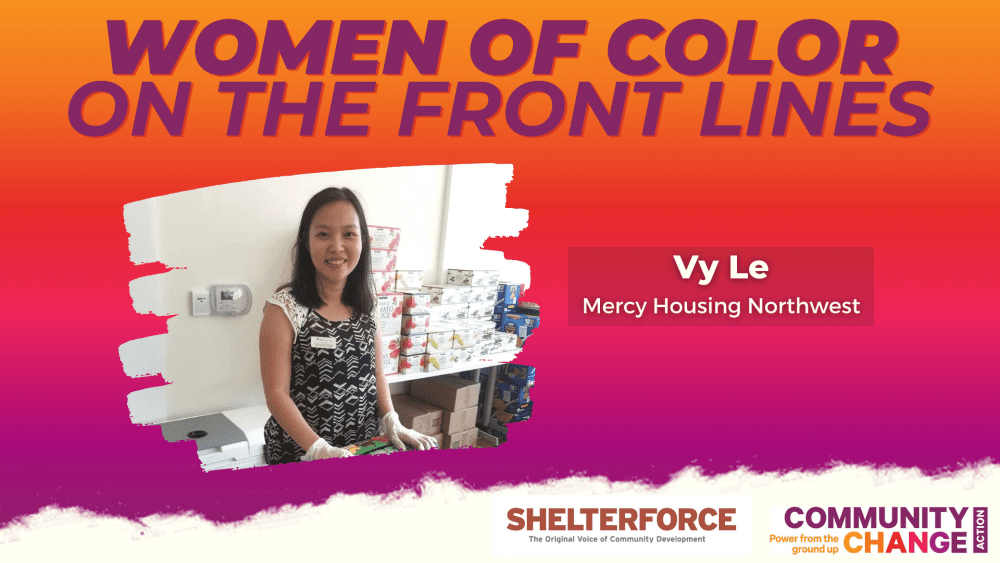Dramatic advances in medical treatments emerge in times of war. How might the housing crisis created by Hurricane Sandy advance our housing systems?
The storm-related housing emergency that currently exists illustrates a reality that is easy to overlook in less eventful times: housing is a process as well as place to live.
How those seeking housing are matched with a place that meets their needs will be as important to the recovery of individuals, families and communities as the task of repairing and replacing homes. As in ordinary times, those with greater financial resources and deeper support networks will find ways to manage through the crisis and secure the assistance they need to house themselves. They will make sense of the market, and find temporary housing with friends or family, through Craig’s List or private brokers. They will file insurance claims and FEMA applications and press until payments are received and their housing costs covered.
Yet this system never worked for those unable to pay New York area rents without significant stress, and it will not work now for lower income families displaced by the storm.
The distribution of affordable housing has by design been a random affair. It is typically governed by lotteries. Landlords who have received public subsidies for their buildings select tenants who appear to present the least risk. As subsidized units open up, new tenants are selected from waiting lists regardless of whatever urgent housing needs exist in the wider community. As a rule, those with the most apparent challenges based on income or past history are screened out. It is a system made to appear objective and fair. It is not a system that solves the problem of effectively and efficiently allocating public resources or provides those least able to secure their own housing with meaningful help.
What might a different system look like, that could operate transparently and better assure that all those needing temporary or replacement housing have decent options?
It should be rooted in the knowledge that even among lower income households there are differing needs. It should plan for the fact that some people will need active assistance from relief agencies in securing housing, not simply a FEMA emergency rent check.
It should make paramount the collection of good data on affected households by flagging those with very low incomes, disabilities, chronic diseases and other barriers to competing successfully in the housing market who will need additional assistance, and prioritize these households for housing financed with public resources.
The system should be open to new physical and social arrangements including smaller units, shared households and accessory dwellings to make better use of existing properties.
And it should time itself, to make speed of housing placements and the rapid return of households to stability a critical goal.
These would be worthy “wartime” gains to improve our housing system not just in this crisis period but for the long term.
(Photo by Quardean Lewis Allen)





Comments